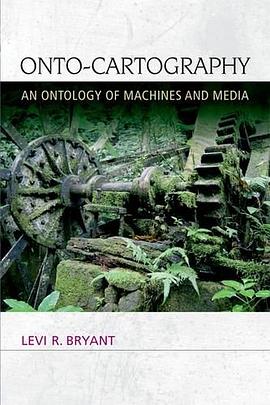Onto-Cartography
豆瓣
An Ontology of Machines and Media
Levi R. Bryant
简介
Onto-Cartography gives an unapologetic defense of naturalism and materialism, transforming these familiar positions and showing how culture itself is formed by nature. Bryant endorses a pan-ecological theory of being, arguing that societies are ecosystems that can only be understood by considering nonhuman material agencies such as rivers and mountain ranges alongside signifying agencies such as discourses, narratives, and ideologies. In this way, Bryant lays the foundations for a new machine-oriented ontology.
contents
Acknowledgments
Introduction: For a Renewal of Materialism
Part I. Machines
1. Towards a Posthuman Media Ecology
1.1. Common Prejudices About Machines
1.2. Varieties of Machines
1.3. Posthuman Media Ecology
2. What is a Machine?
2.1. Machines Operate
2.2. Machines are Split Between Their Powers and Products
2.3. Machines are Binary Machines: Trans-Corporeality
3. Alien Phenomenology
3.1. Machines are Structurally Open and Operationally Closed
3.2. Alien Phenomenology, Second-Order Observation, and Post-Vitalist Ethology
4. Machinic Assemblages and Entropy
4.1. Machinic Assemblages
4.2. Assemblages and Individuals
4.3. Extended Minds and Bodies
4.4. Entropy
Part II: Worlds
5.
The Structure of Worlds
5.1. Ecologies of Worlds
5.2. Content and Expression
6. Topologies of Time and Space
6.1. Space
6.2. Time
6.3. Overdetermination
7. Gravity
7.1. The Gravity of Things
7.2. Gravitational Relations Between Machines: The Objects
7.3. Subjects, Quasi-Objects, and Catalysis
7.4. Happenings and Events
8. Earth, Maps, and Practices
8.1. Geophilosophy: A Revised Concept of Nature
8.2. The Three Dimensions of Geophilosophy: Cartography, Deconstruction, and Terraformation
Conclusion
References